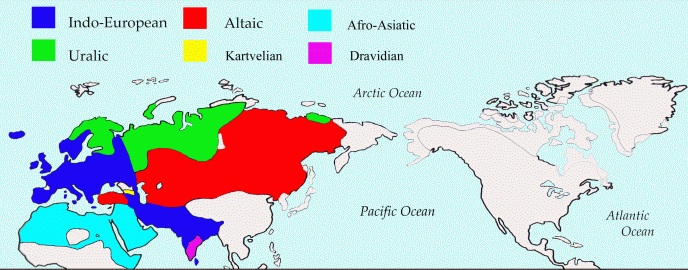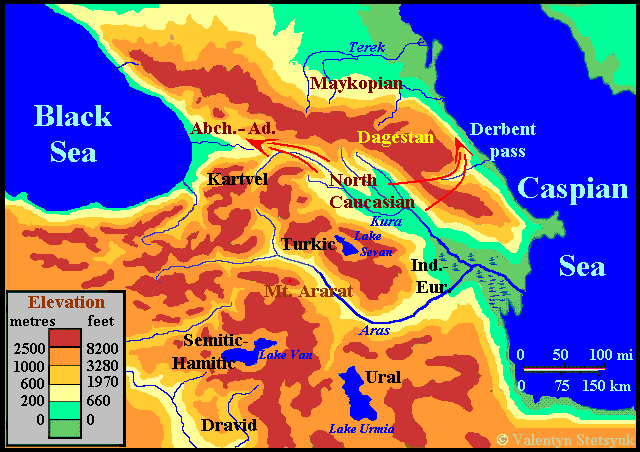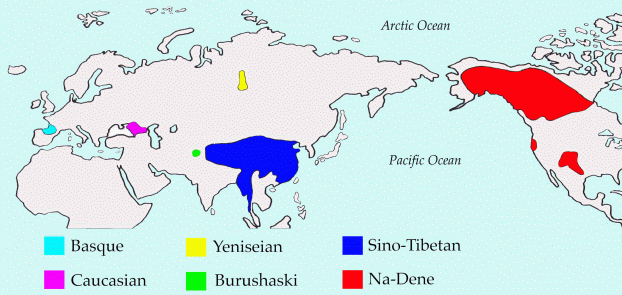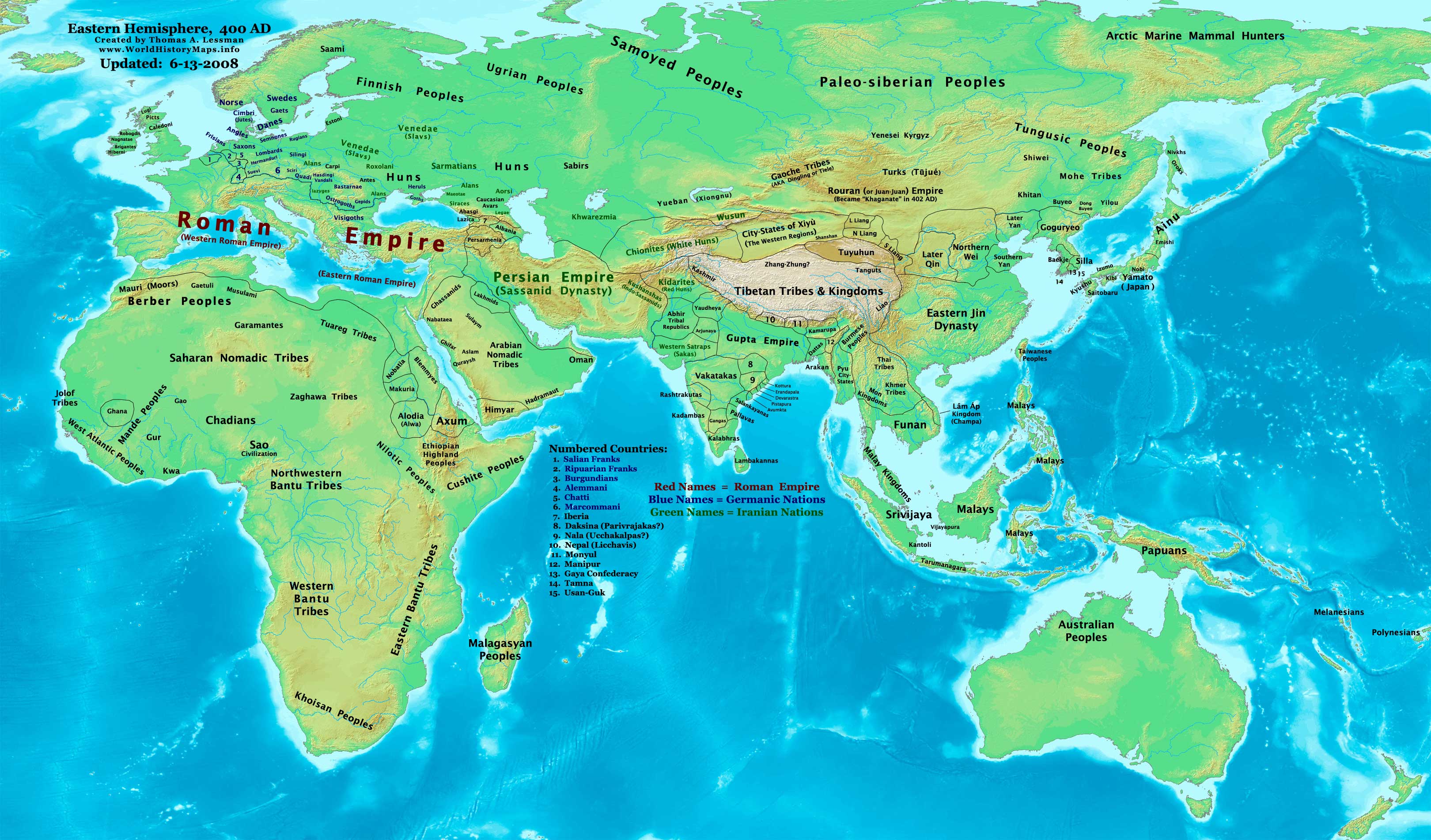Une seule chose, connaissez-vous l'expression faux amis en langue?
Mais il ne s'agit pas de faux amis(false cognates)mais de racines communes que les linguistes ont reussi a les localiser dans des dizianes de langues distinctes et suivre leur evolution phonetique et semantique.
comme par exemple:
afrasien mut(arabe mawt,berbere met,egyptien mut),indo-europeen mort(persan morde,français mort..)

 J'abandonne, on aura notre nobel algérien en linguistique !!!!
J'abandonne, on aura notre nobel algérien en linguistique !!!!











Commentaire